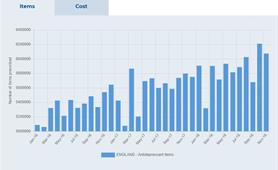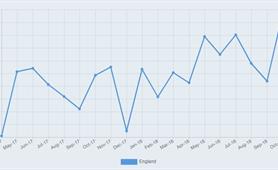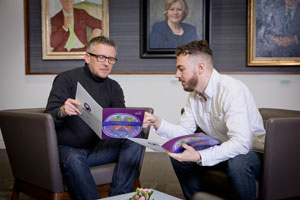People with first episode psychosis starting treatment within two weeks of referral
This chart shows the proportion of people of all ages experiencing their first episode of psychosis who started treatment within two weeks of referral. The figures can be examined from a national perspective or at ICB level. You can also compare data with up to five other areas.
Exploring the charts: To explore ICBs, click on the tab then click in the box to compare data sets.
Policy context
The Government has committed to ensuring at least 60% of people with first episode psychosis start treatment with a NICE-recommended package of care with a specialist early intervention in psychosis (EIP) service within two weeks of referral by 2020/21.
In order to achieve this, local areas have had a target to increase performance against the waiting time standard standard from 50% in 2016/17 and 2017/18, to 53% in 2018/19, 56% in 2019/20 and finally, 60% in 2020/21.
The standard applies to people aged 14-65 years.
NHS England's Implementation Plan for the Long Term Plan indicated that 80% of areas should have achieved grade 3 by the end of 2022/23, with 95% then expected to have achieved grade 3 by the end of 2023/24. The NHS England Mental Health Dashboard confirmed that 100% of areas had achieved grade 2 and 68.3% had achieved grade 3 at the end of 2022/23. The latter was up from 44.2% in 2021/22.
Not what you are after?
Take a look at these related indicators or view future indicators.








